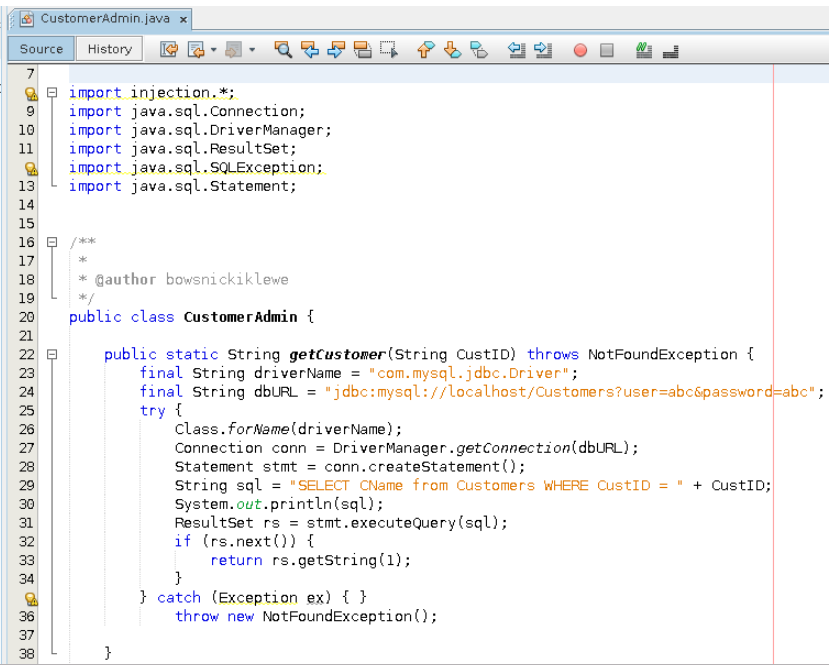

Any material in s that is within theĪSCII parenthesis characters ( and ) is ignored. The string s is processed from left to right, looking forĭata of interest. If no time zone is specified, the local time zone isĪssumed. General use, a time-zone offset should be used: "Sat, ġ3:30:00 GMT+0430" (4 hours, 30 minutes west of the Greenwich Standard date syntax: "Sat, 13:30:00 GMT". It accepts many syntaxes in particular, it recognizes the IETF Milliseconds, of that time from the epoch (00:00:00 GMT on Indicated is returned represented as the distance, measured in Since: JDK1.0 See Also: DateFormat,Īttempts to interpret the string s as a representation Specified as January 32 and is interpreted as meaning February 1. Not fall within the indicated ranges for example, a date may be In all cases, arguments given to methods for these purposes need Minute, but this specification follows the date and time conventions Of the manner in which leap seconds are currently introduced, it isĮxtremely unlikely that two leap seconds will occur in the same Implementations that actually track leap seconds correctly.

Global positioning system (GPS) is synchronized to UTC but is Well for example, the time scale used by the satellite-based Seconds are introduced as needed into UTC so as to keep UTC withinĠ.9 seconds of UT1, which is a version of UT with certainĬorrections applied. In complicated ways), UT does not always flow uniformly. Because theĮarth's rotation is not uniform (it slows down and speeds up Practical purposes is an invisibly fine hair to split. Theĭistinction between UTC and UT is that UTC is based on an atomicĬlock and UT is based on astronomical observations, which for all The "civil" name for the standard UT is the Time (GMT), which is equivalent to universal time (UT).

Some computer standards are defined in terms of Greenwich mean Most computer clocks are not accurate enough to be able to reflect Year 1995 was 61 seconds long, thanks to an added leap second. Second is always added as the last second of the day, and always Is an extra second, called a "leap second." The leap In UTC, however, about once every year or two there Nearly all modern operating systems assume that 1 day = The corresponding methods in Date are deprecated.Īlthough the Date class is intended to reflectĬoordinated universal time (UTC), it may not do so exactly,ĭepending on the host environment of the Java Virtual Machine. As of JDK 1.1, theĬalendar class should be used to convert between dates and timeįields and the DateFormat class should be used to format and Unfortunately, the API for these functions was notĪmenable to internationalization. It also allowed the formatting and parsing It allowed the interpretation of dates as year, month, day, hour, Prior to JDK 1.1, the class Date had two additionalįunctions. The class Date represents a specific instant


 0 kommentar(er)
0 kommentar(er)
